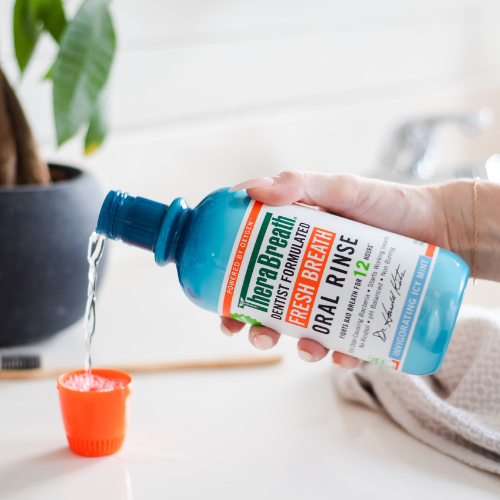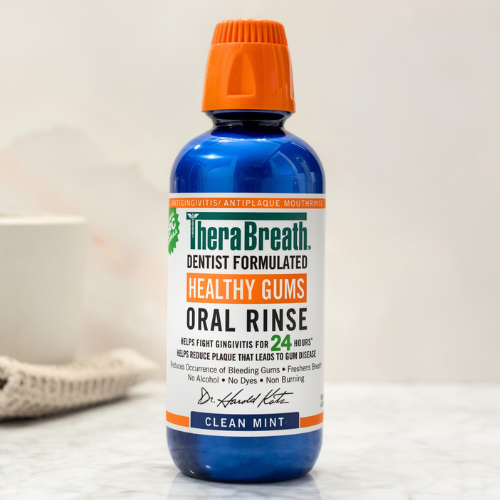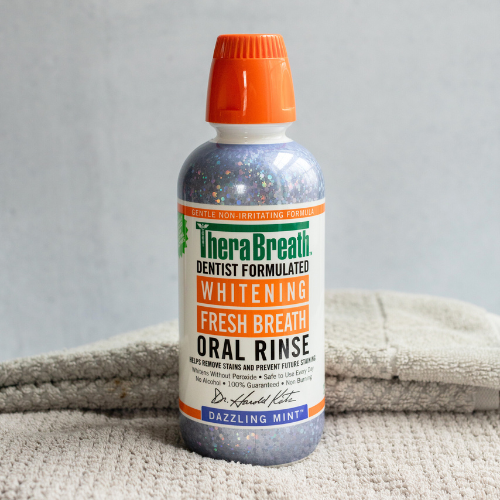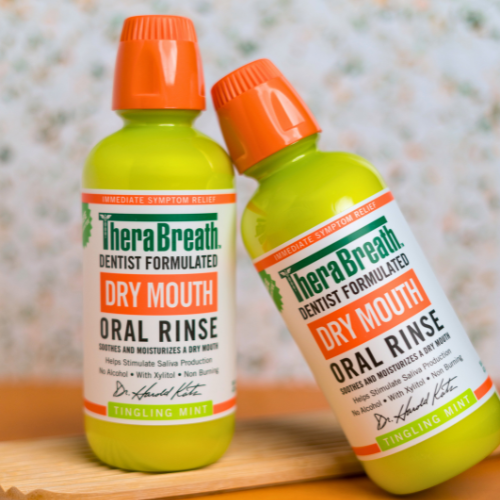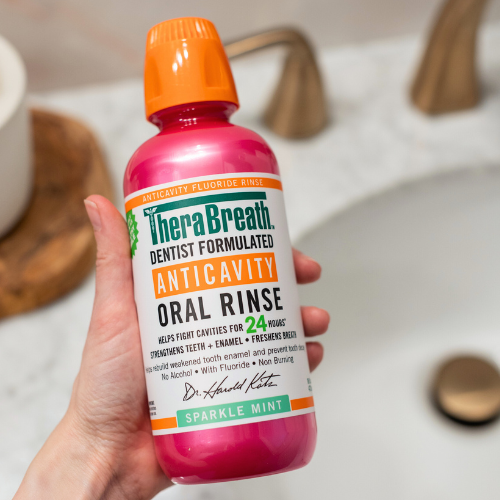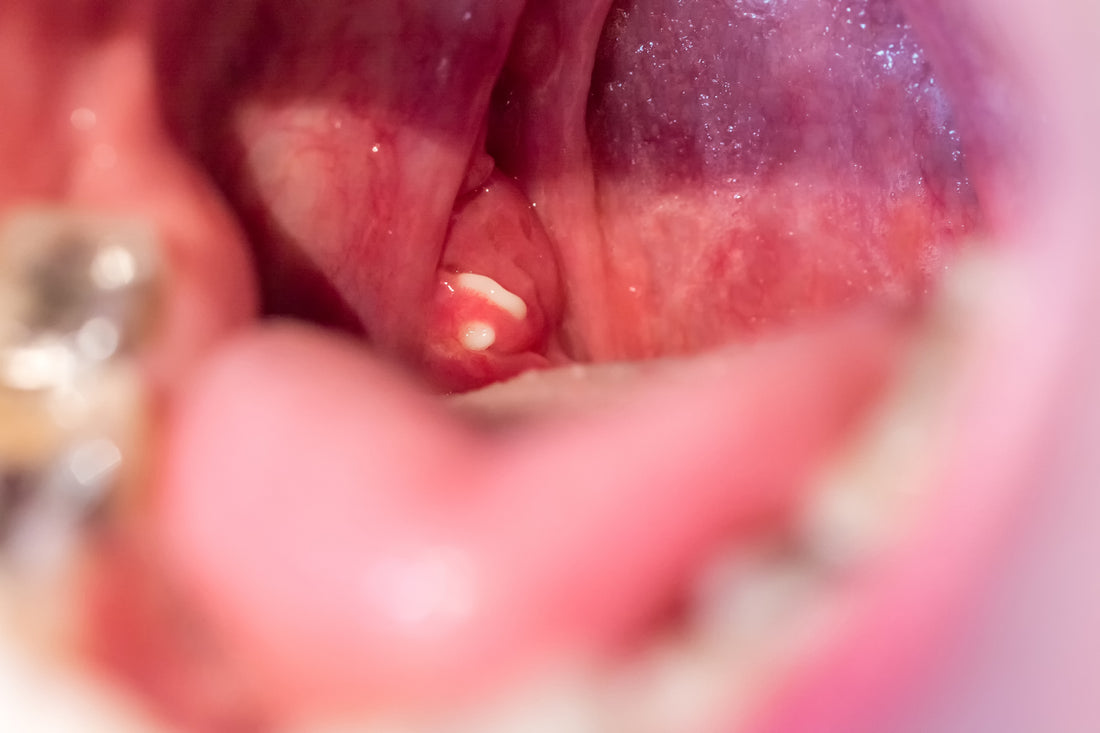
Post Nasal Drip, Bad Breath, & Tonsil Stones
Share
Post-nasal drip occurs when excessive mucus is produced by the nasal mucosa. The excess mucus accumulates in the throat or back of the nose. The term "post" in post-nasal drip refers to the “back of” or “behind” the throat. The most common causes of post-nasal drip are rhinitis (allergic or non-allergic) and sinusitis (acute or chronic).
There is a key connection between post-nasal drip and bad breath (halitosis). The back of the tongue, which actually resides in the throat, is home to anaerobic bacteria responsible for bad breath. An allergy attack, sinusitis, or rhinitis sparks the production of mucus. Instead of it dripping out the front of the nose, mucus often drains down the throat onto the back of the tongue where bad breath bacteria live. As a result, these bad breath bacteria are constantly bathed in mucus secretions. Anaerobic bacteria feast on the amino acids cysteine and methionine (the building blocks of the proteins found in mucus, phlegm, and dairy foods). In fact, many people notice when they drink too much milk or cheese, they end up with more mucus/phlegm in their throat and halitosis.
If you still have your tonsils, you may be harboring a higher number of the bacteria in the crevices of your tonsils. Furthermore, these crevices can also trap post-nasal drip over time. When the mucus from post-nasal drip accumulates and mixes with anaerobic sulfur-producing bacteria in tonsil crevices, small, odorous formations called tonsil stones begin to form. These are literally “globs” of mucus hardened over time. When they mix with bacterial debris, this leads to an extremely odorous concoction.
Post-Nasal Drip Treatment
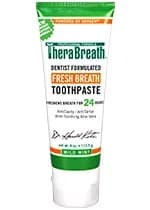
Antihistamines are helpful for drying out sinuses and preventing mucus buildup but...they can cause dry mouth. Furthermore, dry mouth is the most common cause of halitosis because it mimics an anaerobic environment, perfect for the bacteria to pump out volatile sulfur compounds (VSCs). You should limit the use of antihistamines not only tohelp prevent dry mouth and bad breath, but also because many are habit forming.
So remember, while antihistamines may help prevent post-nasal drip, they come with the side effects of dry mouth, bad breath, and possible dependence. The best way to minimize this problem and combat bad breath, the number one side effect of post-nasal drip, is to use oxygenating oral care products.
These statements have not been evaluated by the Food and Drug Administration. These products are not intended to diagnose, treat, cure, or prevent any disease.
